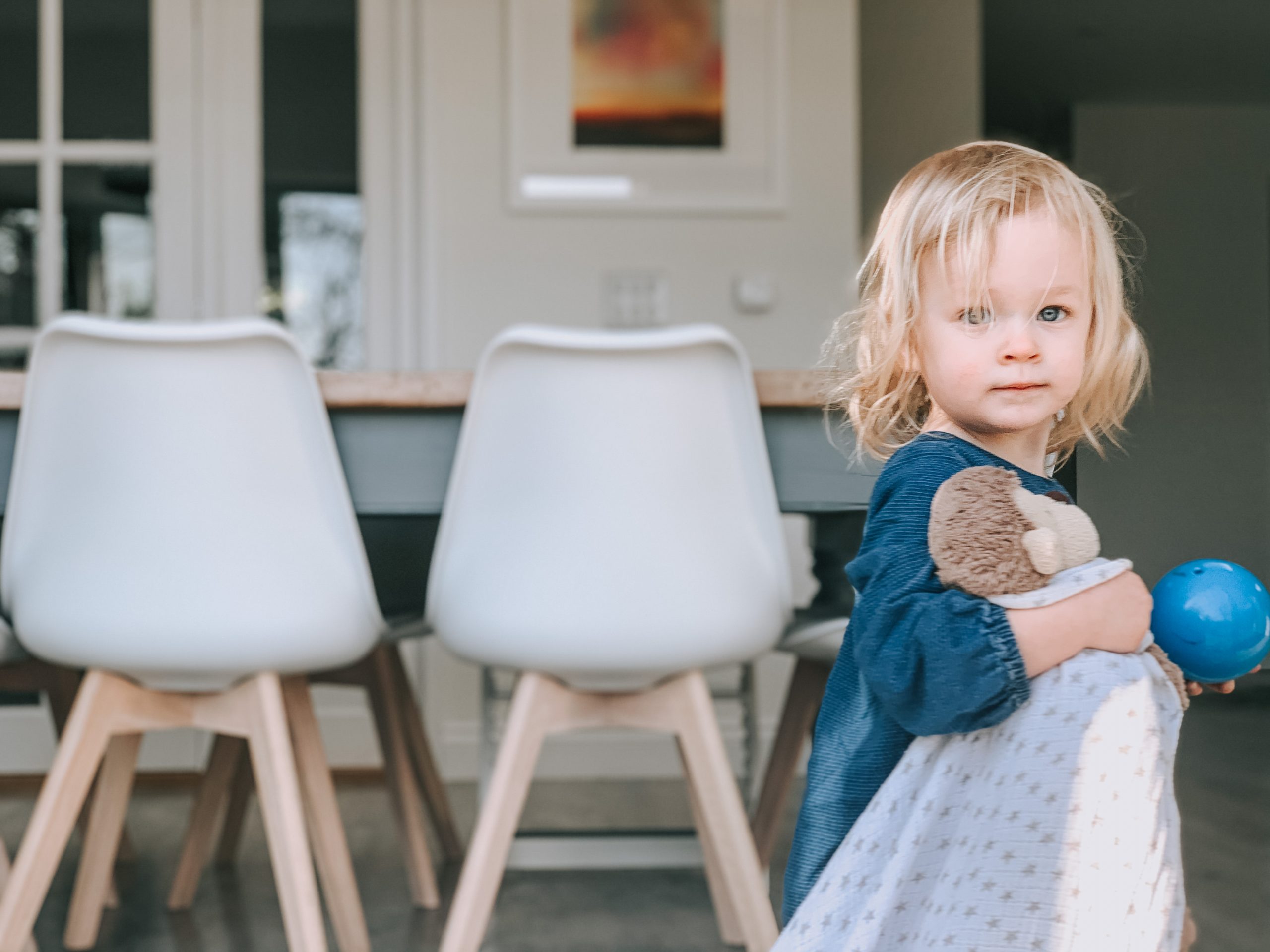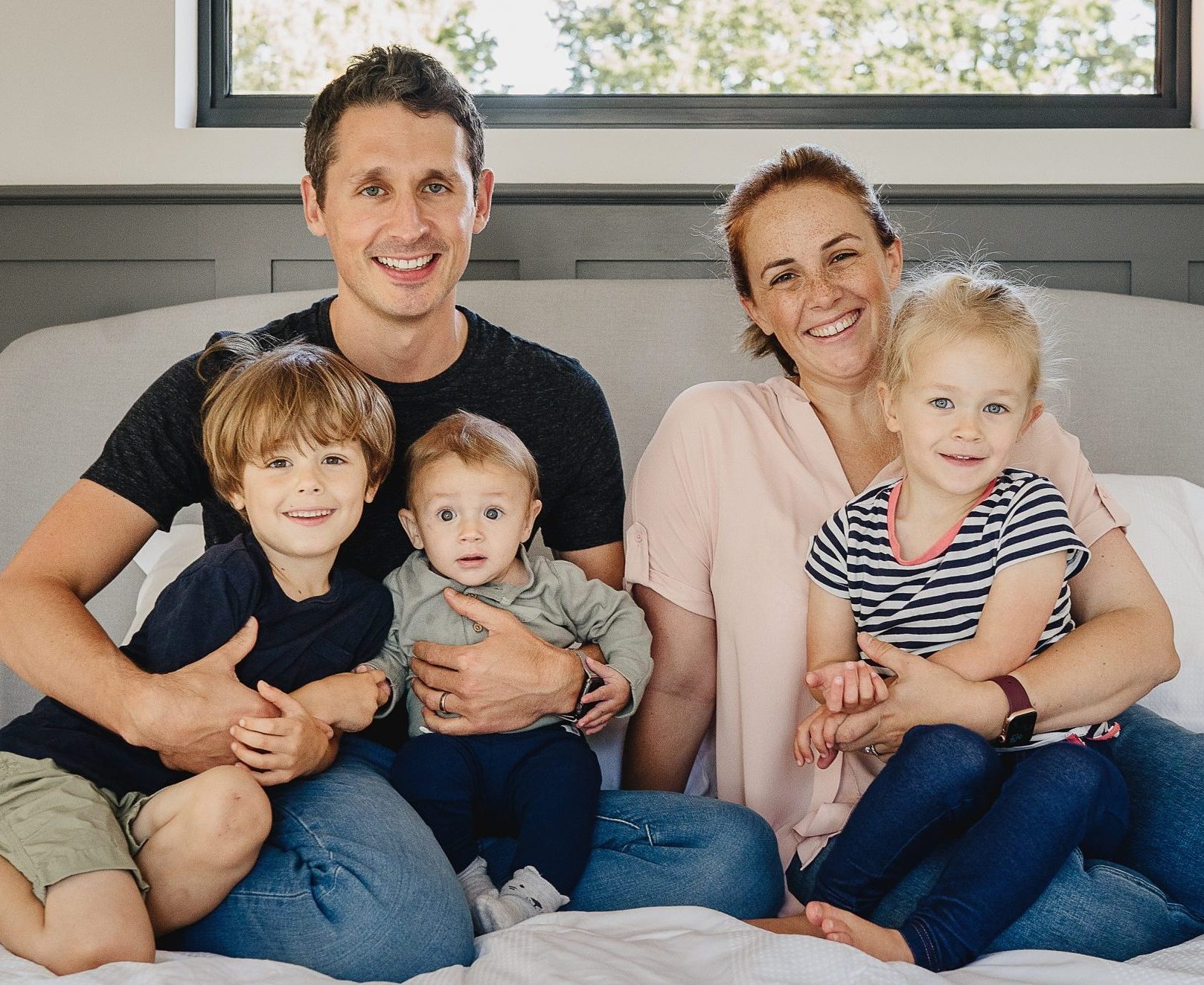Potty training can be a daunting task for both parents and children. But with the proper information and tools, it can be a relatively easy process. This article will discuss all you need to know about potty training your child. So whether you are just starting this journey or struggling along the way, read on for some helpful advice. Let’s get started.
Understand Your Child Needs
Before you begin potty training, it is important to understand that every child is different and will potty train at their own pace. For instance, toilet training for children with autism can be more difficult and may require a different approach than potty training for neurotypical children. Additionally, boys and girls often potty train differently. Boys typically take longer to potty train than girls and may have more accidents.
So, it is important to be patient with your child and not compare them to other children. Instead, focus on their individual needs and be prepared to adjust your approach as necessary. Ask for assistance in special cases from a medical professional or potty training specialist where possible.
Create A Positive Potty Training Environment
Now that you know what to expect, it is time to create a positive environment for potty training. Start by talking to your child about toilet training and explain why it is important. Use simple words and short sentences that they will understand. It may also be helpful to read potty training books together.
Then, set up a potty training area in your home. This can be anywhere that is easily accessible to your child. Put a potty chair or toilet seat in the area and ensure it is at their level. Add fun elements to the area, such as stickers or a special potty training toy. Finally, introduce your child to the potty chair or toilet seat and let them explore it at their own pace.

Start With Small Steps
Once your child is comfortable with the potty training environment, it is time to start with small steps. Begin by having them sit on the potty chair or toilet seat for short periods, even if they do not need to go. With each successful trip to the potty, be sure to praise your child and give them a small reward, such as a sticker or a piece of candy.
As your child becomes more comfortable, you can introduce other elements of toilet training, such as flushing the toilet or wiping themselves. Once again, praise them for their successes and encourage them along the way.
Potty Training Tips
Now that we have covered the basics, here are a few additional tips to help you through the potty training process:
- Encourage your child to use the potty regularly, even if they do not need to go. This will help them get used to the routine and make it more likely that they will go when needed.
- Be patient with your child, and do not get frustrated if they have accidents. This is all part of the learning process.
- Make sure to take your child to the potty before naps and bedtime.
- If your child has an accident, help them clean up and move on. There is no need to dwell on it or make a big deal.
We hope these tips will help you potty train your child. Remember to be patient, understanding, and positive throughout the process. With a little time and effort, you will be successful. You can seek professional help if you have any concerns or require assistance along the way.









No Comments